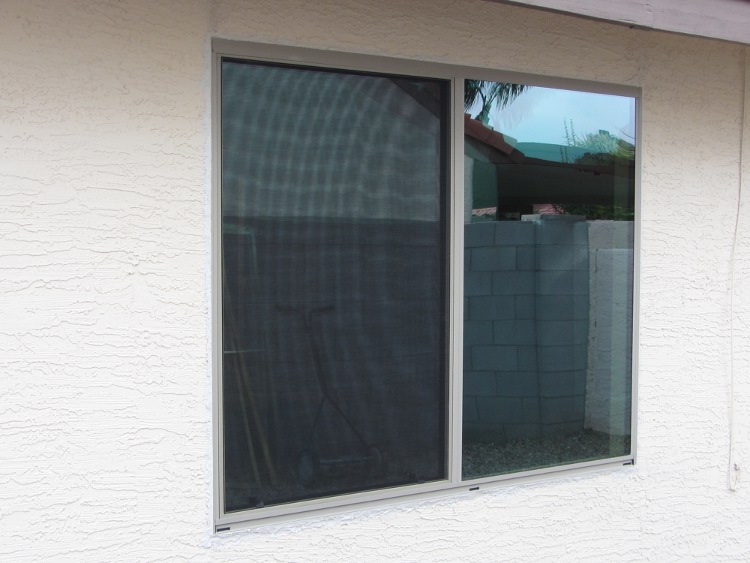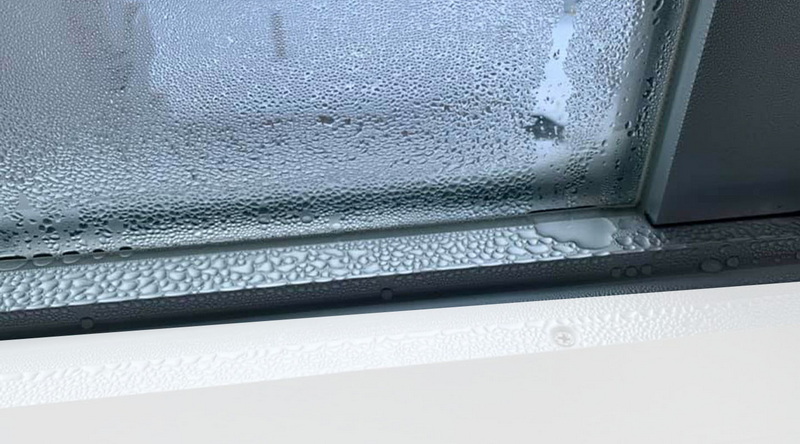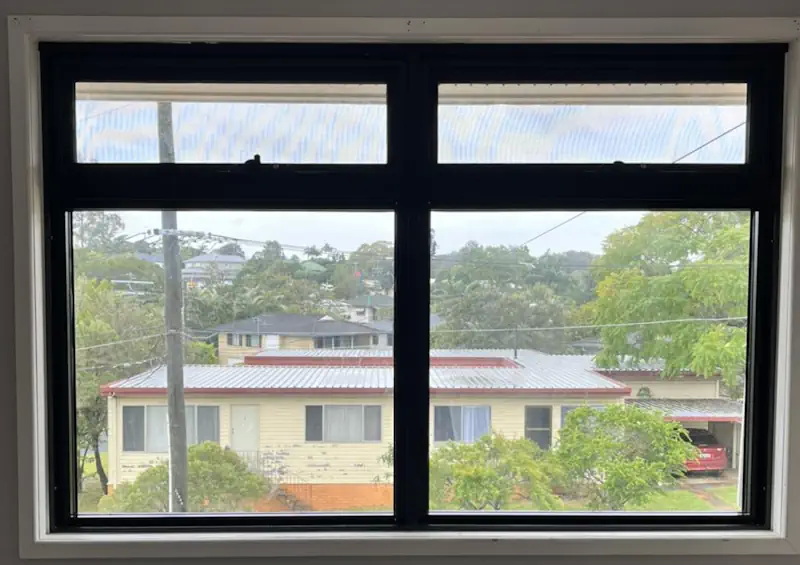English


Views: 222 Author: Dream Publish Time: 2025-01-17 Origin: Site











Content Menu
>> Causes of Condensation on Aluminum Windows
● Solutions to Prevent Condensation
>> Maintain Consistent Indoor Temperatures
>> Identify the Source of Moisture
● FAQ
>> 1. What causes condensation on aluminum windows?
>> 2. How can I reduce humidity levels in my home?
>> 3. Are there specific types of aluminum windows that resist condensation better?
>> 4. How often should I clean my aluminum windows?
>> 5. Can I fix condensation issues myself?
Condensation on aluminum windows is a common issue that many homeowners face, particularly during colder months. This article will delve into the causes of condensation, practical solutions to prevent it, and maintenance tips to keep your windows clear and dry. By understanding the factors contributing to condensation and implementing effective strategies, you can enhance your home's comfort and protect your windows from potential damage.

Condensation occurs when warm, moist air comes into contact with a cold surface, such as an aluminum window. The temperature difference causes the moisture in the air to turn into liquid water, leading to the familiar foggy appearance on window panes. This phenomenon is particularly common in regions with high humidity or during winter when indoor heating is used.
- High Humidity Levels: Everyday activities like cooking, showering, and even breathing can increase indoor humidity.
- Poor Ventilation: Stagnant air can lead to higher humidity levels, making condensation more likely.
- Temperature Fluctuations: Rapid changes in temperature can cause moisture to condense on cooler surfaces.
- Aluminum Frame Properties: Aluminum is a good conductor of heat, which means it can cool down quickly and attract condensation.
To effectively prevent condensation on your aluminum windows, consider implementing the following strategies:
- Open Windows Regularly: Allowing fresh air to circulate helps reduce humidity levels.
- Install Extractor Fans: Use fans in moisture-prone areas such as kitchens and bathrooms to expel humid air.
- Use Trickle Vents: Many modern aluminum windows come with built-in trickle vents that allow controlled airflow while maintaining energy efficiency.
Dehumidifiers are effective tools for reducing humidity levels in your home. By removing excess moisture from the air, they make it less likely for condensation to form on your windows. Place dehumidifiers in areas where humidity tends to accumulate, such as basements or laundry rooms.
Keeping your home at a consistent temperature can help minimize the temperature difference between indoor air and window surfaces.
- Avoid Drafts: Seal any gaps around windows to prevent cold air from entering and warm air from escaping.
- Use Weatherstripping: Apply weatherstripping around window frames to improve insulation and reduce cold spots.

If condensation persists despite your efforts, consider upgrading to modern aluminum windows with better thermal performance. Look for options with:
- Double or Triple Glazing: These types of windows have multiple panes of glass separated by insulating gas, which helps maintain a stable indoor temperature.
- Thermal Breaks: These are materials placed between the interior and exterior frames that reduce heat transfer and improve insulation.
Regular maintenance is crucial for preventing condensation issues:
- Clean Window Frames: Dirt and debris can trap moisture. Clean your windows regularly using a mild detergent and warm water.
- Inspect for Damage: Check for cracks or gaps in window frames and seal them with caulk or silicone.
- Monitor Humidity Levels: Use a hygrometer to track indoor humidity levels. Aim for a relative humidity level between 30% and 50%.
Understanding where excess moisture originates is critical in addressing condensation issues effectively. Common sources include:
- Cooking: Boiling water releases steam into the air. Use lids on pots when cooking and ensure proper ventilation during meal preparation.
- Bathing: Showers can significantly raise humidity levels. Consider installing an extractor fan that operates automatically or manually during showers.
- Laundry: Drying clothes indoors can introduce significant moisture into the air. If possible, use an outdoor drying line or a dryer vented outside.
Insulating your home correctly can make a significant difference in preventing condensation. Pay attention to:
- Wall Insulation: Ensure that walls are adequately insulated to maintain consistent indoor temperatures.
- Roof Insulation: Properly insulated roofs help regulate indoor temperatures and reduce moisture buildup.
Condensation on aluminum windows is a common issue that can be managed effectively through proper ventilation, humidity control, and regular maintenance. By implementing these strategies, homeowners can enjoy clear views from their windows without the hassle of moisture buildup. Taking proactive measures not only enhances comfort but also protects the integrity of your windows over time.

Condensation occurs when warm, moist air comes into contact with cold surfaces, leading to moisture forming on the glass or frame due to temperature differences.
You can reduce humidity by using dehumidifiers, improving ventilation through open windows or extractor fans, and monitoring activities that generate moisture.
Yes, modern aluminum windows with double or triple glazing and thermal breaks are designed to minimize condensation by improving insulation.
Regular cleaning is recommended every few months or whenever you notice dirt or debris accumulating on the frames or glass surfaces.
While many prevention methods can be implemented by homeowners, persistent condensation problems may require professional assessment and potential window upgrades.
[1] https://smartvision.systems/news/aluminium-windows-condensation-causes-and-solutions
[2] https://www.absltd.co.uk/blog/aluminium-window-condensation-how-to-stop-and-prevent-it/
[3] https://www.klosen.co.uk/blog/truth-about-condensation-aluminium-windows-doors/
[4] https://brennancorp.com/blog/how-to-prevent-condensation-on-aluminum-window-frames/
[5] https://www.tvwindows.com/blog/tips-to-prevent-condensation-on-aluminium-windows
[6] https://dehumidifierreviewshq.co.uk/condensation-on-aluminium-window/
[7] https://www.supplyonlydoors.com/help-and-advice/how-to-prevent-condensation-on-aluminium-window-frames/
[8] https://brennancorp.com/blog/problems-caused-by-condensation-on-aluminum-windows/
[9] https://www.aikondistribution.com/blog/how-to-prevent-condensation-on-aluminium-window-frames-113
[10] https://www.alimax.ltd/news/how-to-stop-condensation-on-aluminium-windows
Seven Requirements for External Doors And Windows of Passive Rooms
How Much Do You Know about The Design Standards for Aluminum Alloy Door And Window Dimensions?
Welding Vs Stainless Steel Fabrication: Understanding The Manufacturing Process Differences
Stainless Steel Fabrication Vs Powder Coated Steel: Durability And Cost Comparison
CNC Machining Vs Stainless Steel Fabrication: Pros And Cons for Industrial Use
Stainless Steel Fabrication Vs Carbon Steel Fabrication: Key Differences Explained
Stainless Steel Fabrication Vs Aluminum Fabrication: Which Is Right for Your Project?
Stainless Steel Grades 201 Vs 304: Cost Vs Performance Breakdown
316L Vs 316 Stainless Steel Grades: Which Is Better for Corrosion Resistance?
Comparing Austenitic Vs Martensitic Stainless Steel Grades: What You Need To Know?
